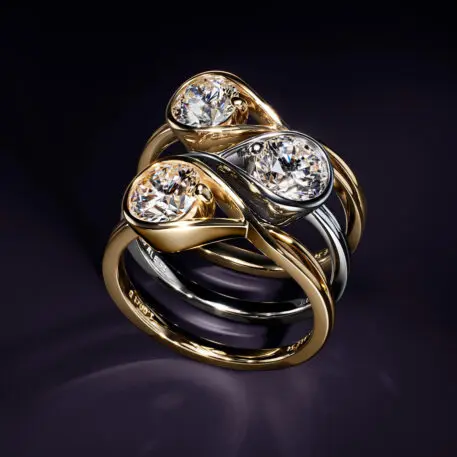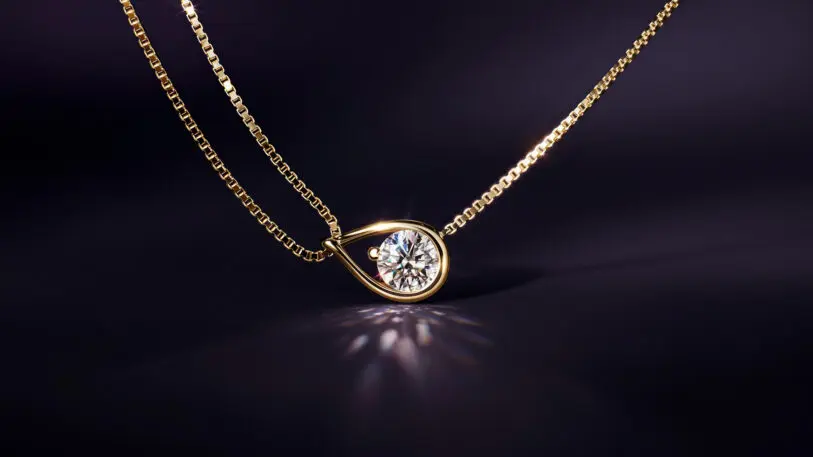The diamonds, silver, and gold in a new collection of jewelry from Pandora, the world’s largest jewelry producer, are physically identical to stones and metals from mines. But the diamonds were grown in a lab with renewable energy, and all of the gold and silver is recycled.
The shift is part of the company’s goal to become a low-carbon business. “If we look at the CO2 emissions of our company, the vast majority that sits within our own four walls is linked to production,” says Alexander Lacik, CEO of the Copenhagen-based company. “So then we said, okay, let’s have a look at production.”

The transition “is not so easy,” Lacik says, “because you have to touch the whole value chain.” Silver refiners need to invest in new equipment, and need to be convinced that the investment is worth it. Pandora needs certification that the silver was actually recycled. Parts suppliers need to adjust their own processes to incorporate recycled material. And the supply of recycled silver needs to increase. (Gold is more highly recycled since it’s more valuable.) Right now, the majority of recycled silver comes from manufacturing, including chemical production and electronics, but much more could come from harvesting parts from old gadgets. Currently, billions of dollars of precious metals are thrown out in phones, computers, and other electronic waste each year.

The company also wants to help push the industry toward lab-grown diamonds (Pandora announced in 2021 it would no longer use mined diamonds, switching exclusively to lab-grown). If a diamond is grown, cut, and polished with renewable energy, the carbon footprint is 95% smaller than that of mined diamonds. Lab-grown diamonds can avoid other ethical challenges in mining, including child labor. And since diamonds are pure carbon, the end product is identical.

If the entire diamond industry shifted away from mining, Pandora calculated that society would avoid 6 million tons of carbon emissions a year, or roughly the equivalent of converting every car in New York City to an electric vehicle. Of course, the industry isn’t likely to change soon—the powerful marketing story that links diamonds to the concept of eternal love means that there’s still demand for “real” rocks. Pandora isn’t targeting the engagement and anniversary market as much as that of women who want to buy themselves diamond jewelry at a lower price point.
“Am I going to convert the entire diamond market? I just wish I could, but that’s not realistic,” Lacik says. “But being who we are, we can at least raise the topic. We can show the way for the industry.”
Recognize your brand’s excellence by applying to this year’s Brands That Matter Awards before the early-rate deadline, May 3.